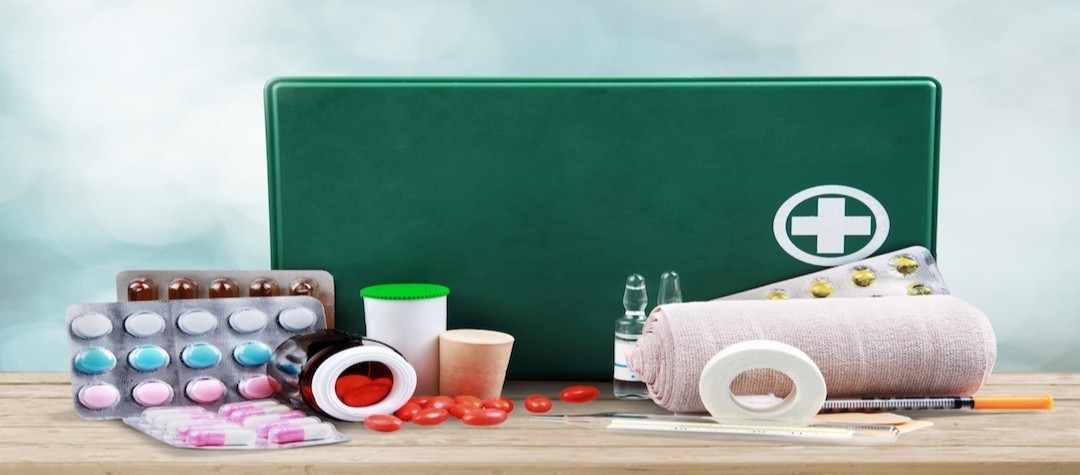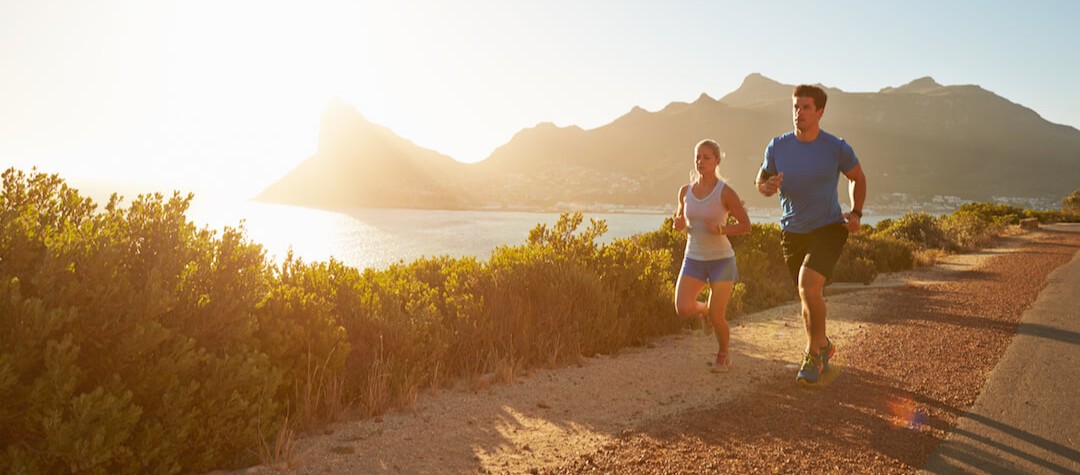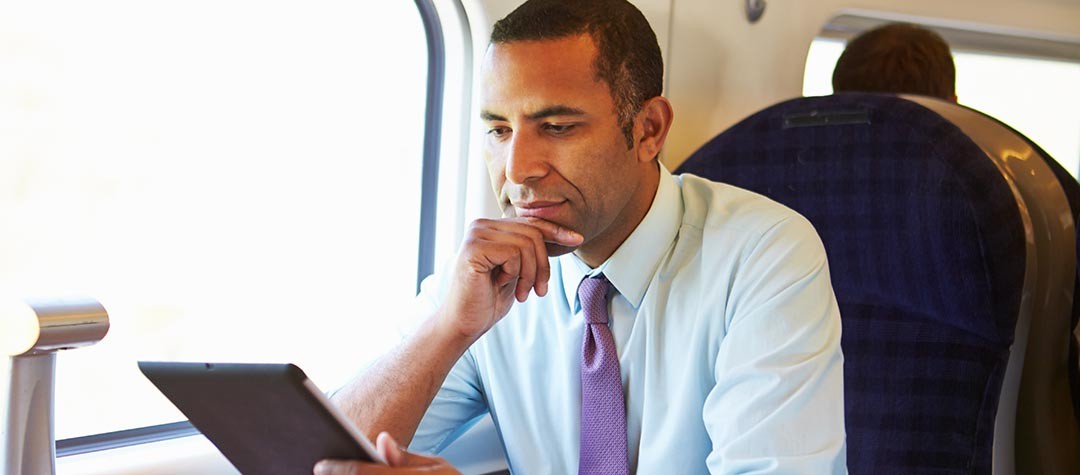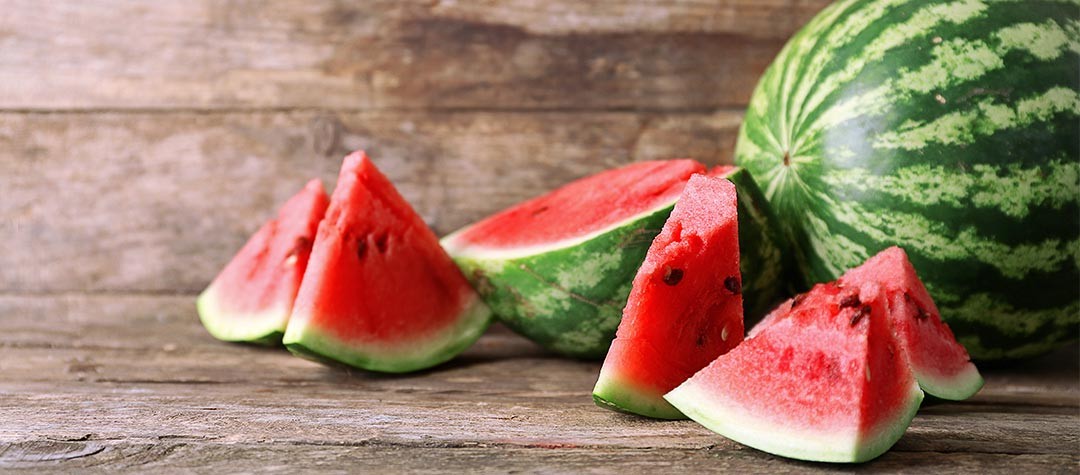Most of the time you won’t need anything except a few plasters, but it’s always good to be prepared, so here’s our guide for a first aid kit.
Surviving while traveling
Your first aid kit should be a ‘travel survival kit’, in that it should contain useful medical items to help you to stay comfortable and safe. It’s important for you to have one, even if you are going on an organised trip, as you should always be responsible for having a first aid kit that enables you to look after yourself. There is certainly considerable peace of mind in knowing that you can treat your own blisters and that you have your own bandages, medication and the like. So, check out our advice below on organising and buying your kit, as well as what items of kit you should take.
Organising your first aid kit
When organising your kit, the main points to remember are:
-
It should be as compact as possible in a hard-wearing nylon bag. Dark nylon wash kit bags are useful as they do not attract attention and have lots of storage room.
-
You must know exactly what’s in the kit and how to use it. If you don’t know how to use it, then it’s not going to be of much use!
-
The contents should be specifically tailored to your requirements, taking into account geographical and activity considerations.
Buying your first aid kit
If you go into outdoor shops or chemists, you will find a plethora of travel medical kits that cater for pretty much every eventuality. However, with a pre-packed first aid kit, there is inevitably a bit of laziness involved in buying it and a tendency to think, ‘I’m all right, I’ve bought a first aid kit’ – but then when you need to use it, it may not contain what you need. So, if you do buy a ready-made first aid kit, make sure it contains everything you’re likely to need – and also think about whether or not all the items are necessary. For instance, the kit may have scissors in it – but you probably have those on your Swiss Army knife, so why take a second pair? You should also supplement the kit with extra medical items based on your own requirements.
Essential medical items for your travel kit
Items of kit you will definitely need to take on your travels include the following:
-
Plasters. You may need a lot of these, so take a variety of sizes plus a strip of wider plaster which you can cut to the appropriate size.
-
Cleaning wipes. Antibacterial wipes are useful for cleaning small wounds. (Larger wounds should be cleaned with soap and cooled, boiled water.)
-
Field/ambulance dressing. This is a gauze pad with a bandage sewn on, and is used to stop severe bleeding. These can be bought from army surplus stores or chemists.
-
Cotton wool. A few bits of cotton wool are useful for nosebleeds and cleaning purposes.
-
Roll of tape. Used for holding dressing pads or bandages in place. There are gentle types of tape such as Micropore, as well as stronger types such as Elastoplast. If you are taking just one roll of tape, take a roll of Elastoplast, as it’s more versatile.
-
Dressing pads. Take two or three gauze pads or dressings of different sizes, for use on more substantial grazes or cuts.
-
Surgical gloves. These are essential items, as you may have to deal with your traveling companion’s body fluids – and hence the risk of infection – if they get injured in the middle of nowhere and you need to treat the wound. Surgical gloves can be bought from a chemist.
-
Bandages. You need a crepe bandage large enough for a sprained knee, ankle or wrist. It’s best to take two: one 8cm (3.14 in) wide and one 4cm (1.57 in) wide. They can be used to make a sling, bandage limbs together, provide compression in cases of very severe bleeding, or hold together splints that you have made from a sleeping mat.
-
Triangular bandage. This can be used as an arm sling or as a bandage when folded. Get a compressed one, as this type is very compact.
-
Medication. Your local pharmacist will advise you on the best tablets to take with you. Medications you need to consider are:
-
Pain-relief medication such as ibuprofen and paracetamol.
-
Antihistamines for bites, stings, allergies and itchy skin rashes.
-
Anti-diarrhoea tablets.
-
Personal medication. If you are on any medication, you will need to take a reserve supply in case you lose your medication. So, store some in your first aid kit. Also, ask your doctor to write a letter confirming that the medication is for your use and what it is for. This sorts out any issues when going through customs and so on. I often think it is useful, if possible, to also bury your first aid kit deep in your bag, so that customs officers are less likely to start going through it. It certainly prevents hassle!
Other medical items
If you’re going to be traveling into more remote or dangerous places, you should also consider taking these additional medical items:
-
Antibiotics. These will not be needed by most travelers, but if you are likely to be exploring lots of isolated places in the developing world then it may be worth carrying broad spectrum antibiotics. Being more than 72 hours from any sort of medical help is probably a good benchmark as to whether or not to consider packing antibiotics. Remember that your doctor will be responsible for any antibiotic prescription, and will want to make sure that you understand when you should (and shouldn’t) use them. These prescriptions should not be issued by the NHS, so you will need to pay the market price for them. Remember also that antibiotics are prescribed for your personal use only – so don’t give them to anyone else, as they may have an allergy that could cause a severe reaction. Also, most infections get better without antibiotics, and so you should not use them without a really good reason; but situations where they may be required might include when you have severe diarrhoea, an ear infection, a tooth abscess, or a skin or soft tissue infection.
-
Sterile supply kits. These contain sterile needles, syringes, surgical stitches and drips (cannulae). They are for use in the unfortunate event of you or a companion requiring emergency medical treatment when you’re too far away from a hospital, or when you’re in a hospital that does not have sterile, single-use items available. You might want to pack this (and your dental kit, if you decide to take one) separately to the rest of your first aid kit, as they are unlikely to be used and could get damaged as your first aid pack may be opened frequently. It is worth getting a pre-packed and sealed kit, so it’s clear to customs officials that the syringes are not for illicit drug taking! Also, don’t forget that you must not pack it in your hand luggage when flying, or it will be removed by airport security.
First aid on your travels.
There seems to be a lot of stuff listed here, but it really can fit into a wash-bag-sized container – plus you could also fit a copy of your insurance details, emergency contact numbers and other useful information in it as well. And you never know – taking this kit with you on your travels could actually save your life! Having said that, taking a first aid kit is all well and good, but it is not much use unless you know how to use it. So, make sure you know the basics of first aid before you set off – and hopefully this way you will be able to cope with any accidents that happen during your travels.















